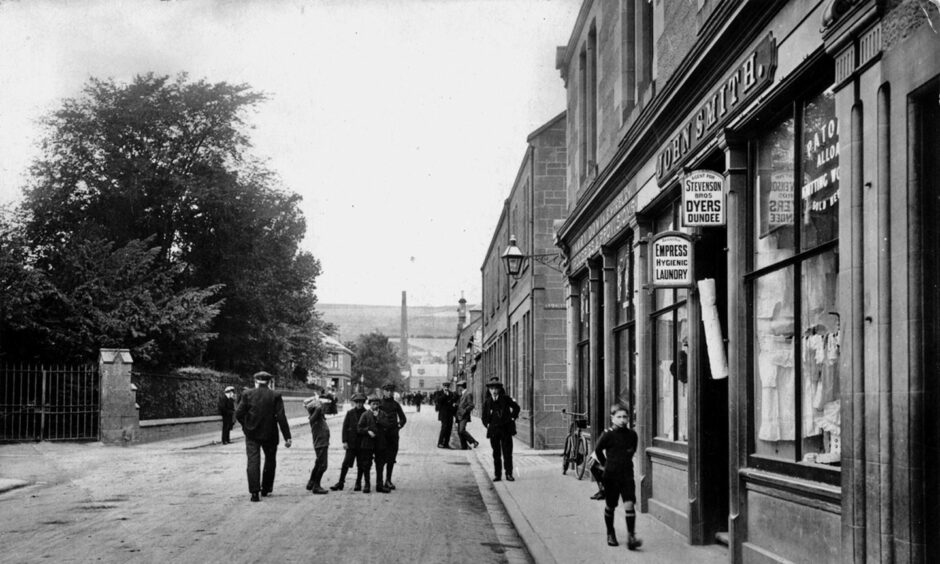
Vanished views, changed landscapes and departed characters are captured in a new book celebrating Alyth’s past.
The book weaves its way through the town with a striking selection of photographs which are accompanied by author John Alexander’s extensive, fact-filled captions.
Old Alyth charts the social changes that have taken place through the ages.
These images from the 48-page book offer a unique insight into rural life from a period spanning over 100 years and are sure to stir up nostalgic feelings.
Take a trip back in time with these photographs.
Alyth market cross
John said: “It was a simple object, set on a stepped stone base as was customary at the time, but it acted as a focal point for traders to gather around.
“Later, shop buildings were located at the cross, as this early 20th century picture looking toward Hill Street with Toutie Street on the right, shows.
“Facing camera is the licenced grocery of George Mustard and on the left E. & A. Irvine’s grocery and confectionery business.”
Alyth Den
John said: “Some folk used it as a peaceful retreat, others a playground as this picture of the swimming pool from the late 1950s shows.
“Created using voluntary effort it was evidently enjoyed by youngsters, happy to brave chilly water in those post-war austerity years. Since then, as people’s appreciation of the environment has changed, the Den has become a scenic attraction for townspeople and visitors alike, and the disused quarry a car park.”
Commercial Street
John said: “Another building that aims to welcome visitors is Alyth Museum, on the left of this picture looking north up Commercial Street about 1930. Facing the canalised burn, the buildings of Commercial Street enjoy a pleasant outlook and the many shops give substance to the appropriateness of the street name. In the foreground, Ferguson’s shop was a drapery that, like Lowson’s, which can be seen at the top of the street, sold a full range of ladies and gents clothing, fancy goods and floor coverings. It also offered, as is clear from the awning, a ladies hairdressing service.”
Commercial Hotel
The Commercial Hotel has been a fixture of Alyth life for generations.
John said: “The building itself is unremarkable but it was formerly the home of James Sandy who, despite infirmity, put nimble fingers and mental prowess to such effect that he has been called a creative or inventive genius. The ‘Commercial’ name has since been dropped in favour of the locally more apt Alyth Hotel.”
Market Square
John said: “Over time, the centre of the town shifted across the burn to the west bank where the Market Square was created. It is seen here in 1932 with the buildings of Commercial Street in the background.
“As the name implies, the Market Square was a place for business, duly acknowledged by the Bank of Scotland, which built its local branch on the north-east corner. In the adjacent building there was a newsagent and confectionary shop, and a hardware and crockery store originally opened by George Gordon and later by David Sim.”
King George V’s Silver Jubilee
Local haulage contractor Murray Thomas made a number of vehicles available as floats on which various community groups were able to decorate for the 1935 celebrations.
The floats were followed by a procession of children dressed to represent Scotland, England, Ireland and Wales, and the countries of East and West Africa, Australia, Canada, New Zealand, India, Burma, Hong Kong, and the West Indies.
Two years later, the community did it all again with festivities to mark the coronation of King George VI.
Alyth Junction Station
The main Strathmore Railway from Perth to Forfar was opened in 1848 by the Scottish Midland Junction Railway.
John said: “A feature of the line through Strathmore was the number of branch railways, including that to Alyth, linking it to places on either side.
“Railway practice usually meant that the junction of these lines was named after the destination of the branch, so Alyth Junction Station was actually about five miles south of the town. It is seen here in 1950 looking east with the line to and from Alyth heading off to the left, just beyond the signal box.”
Alyth Golf Club
Situated to the east of the town at Pitcrocknie, Alyth Golf Club was formed in 1894 with a nine hole course laid out by Old Tom Morris.
John said: “It was expanded to 18 holes in the 1930s by that other master of course design from Fife, James Braid of Elie. Playing to over 6,000 yards and the opposite of a flat-track links, where distance is paramount, a more accurate game was needed to meet the challenge of the hilly course.”
Timeless attractions
John said it was a delight to delve into the stories behind the images and he hopes the book will provide an “enjoyable trip into aspects of Alyth’s past” for readers.
It is a town with a rich history.
John said: “There was a corn mill, but textiles were the main industry, prompted by state initiatives to encourage development of the linen trade, though jute and wool also featured.
“Despite its good power source, Alyth was at a disadvantage in the developing world of 19th century industry.
“It was close to the big textile centre of Dundee, but roads were poor and transport was difficult until railways pushed north initially to Newtyle and then, after a 30 year wait, into Alyth.
“The railway also inspired a new industry as travel operators and hoteliers sought to exploit Alyth’s potential for tourism, extolling the area’s scenic delights and embracing country air.”
The textile mills eventually closed, but agriculture faltered with farms large and small jostling with country houses and their policies for space in the landscape.
Some of those big houses have also gone.
“In common with market towns across the country that no longer hold markets, Alyth has adapted to a changing world in which its position at the centre of scenic splendour also puts it at the heart of a landscape creatively packaged for visitors keen to explore a range of historic and environmental experiences,” he said.
“The nature of tourism may have changed, but Alyth’s attractions are timeless.”
- Old Alyth by Stenlake Publishing is on sale now.
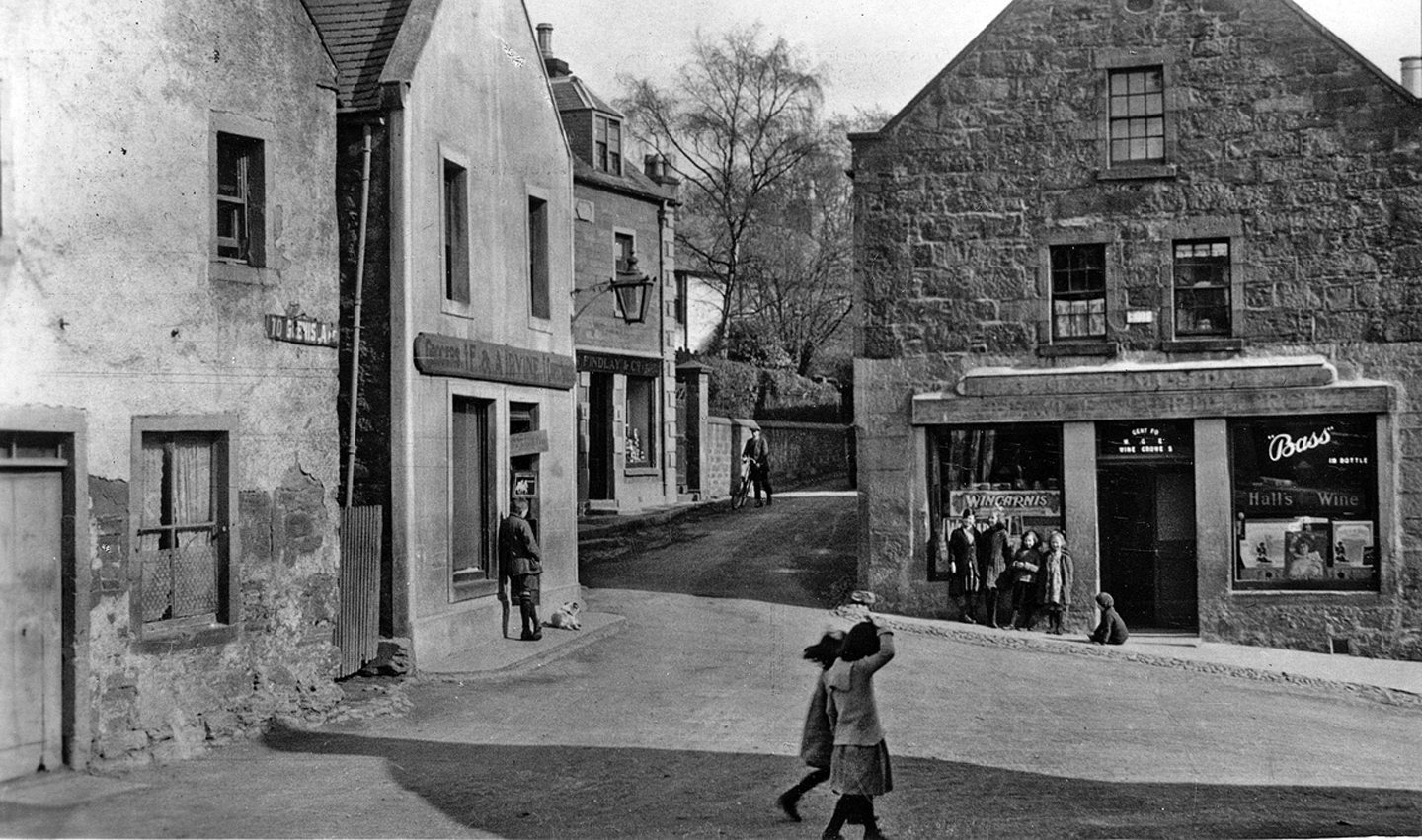
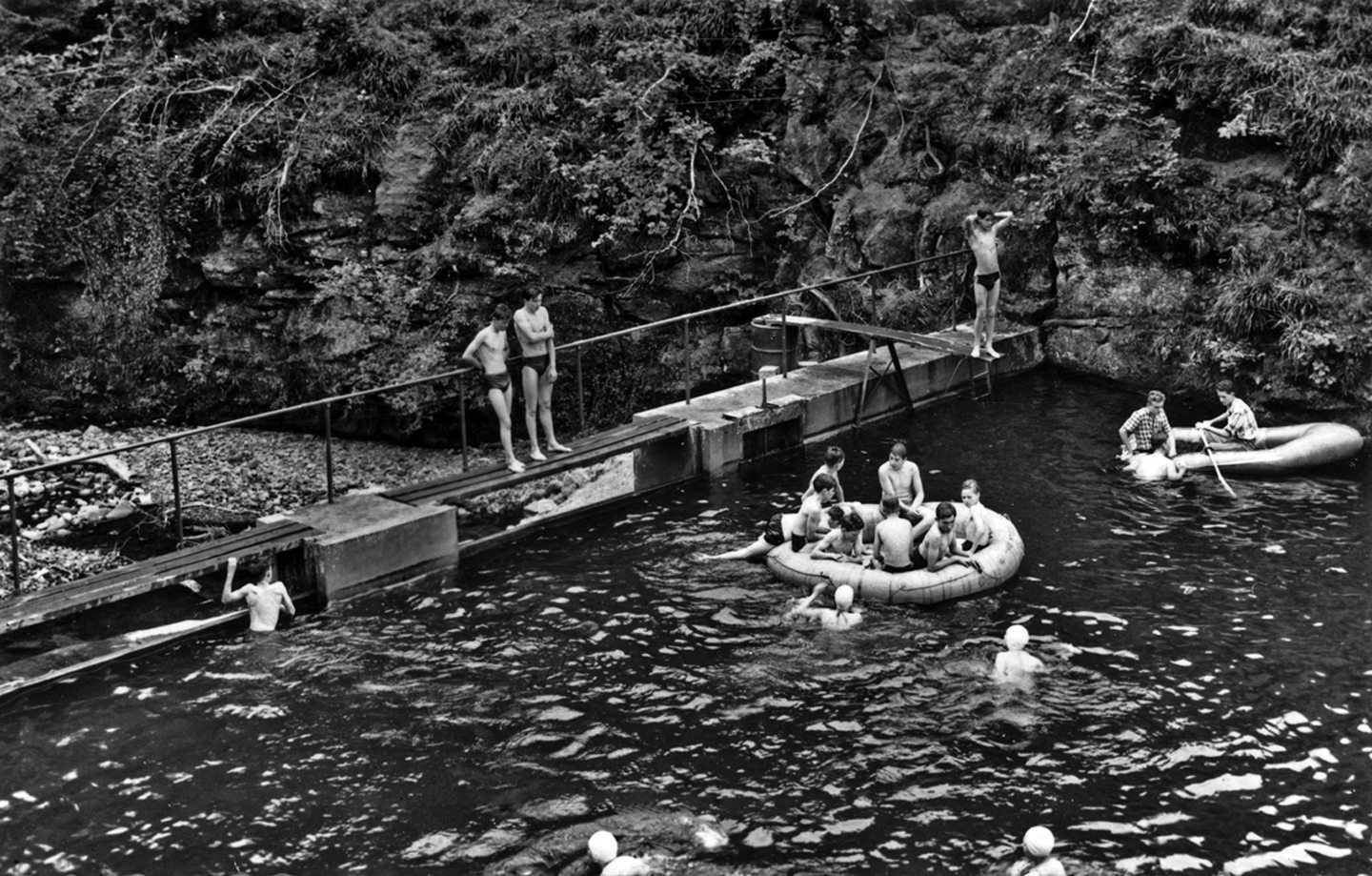
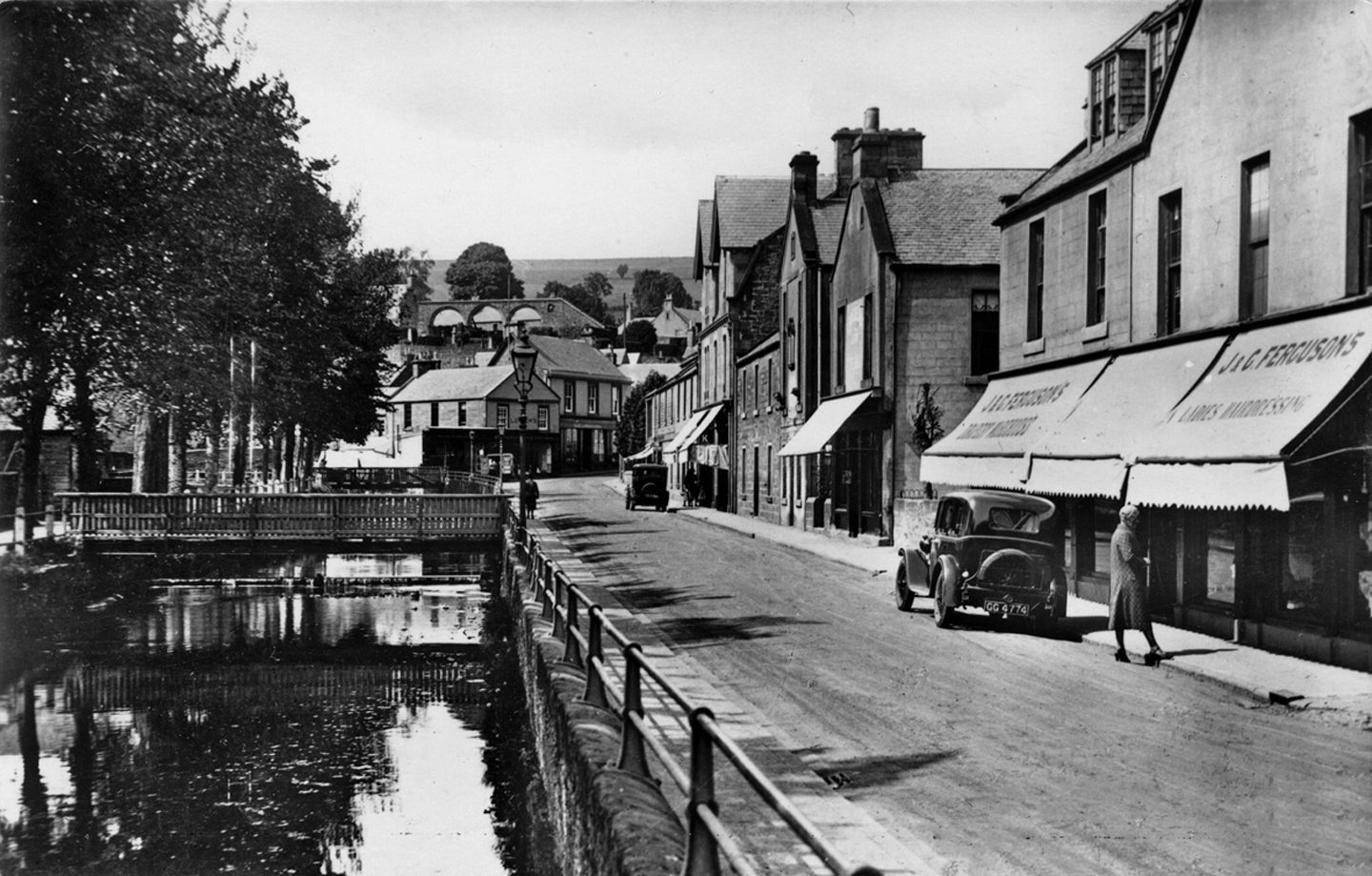
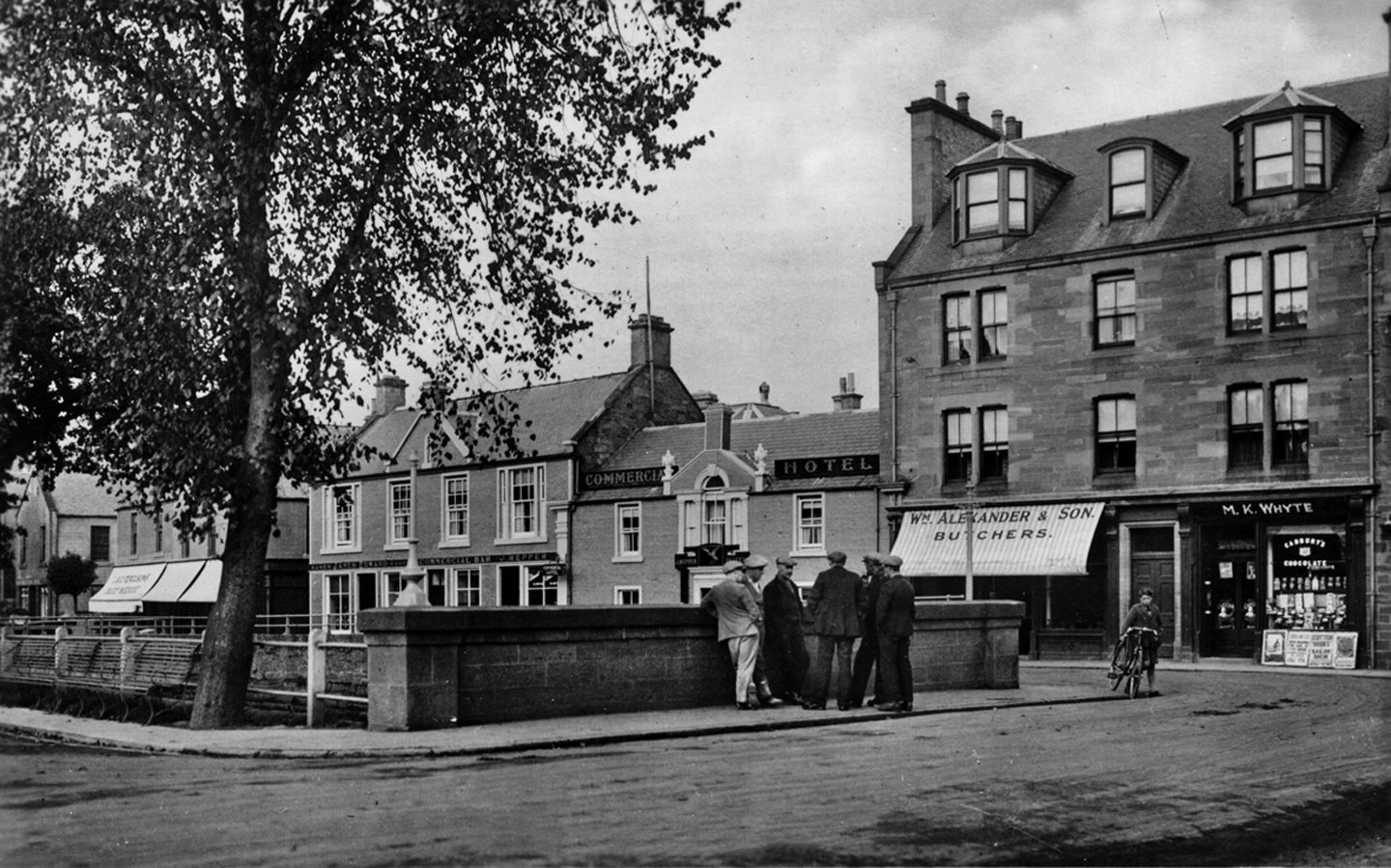

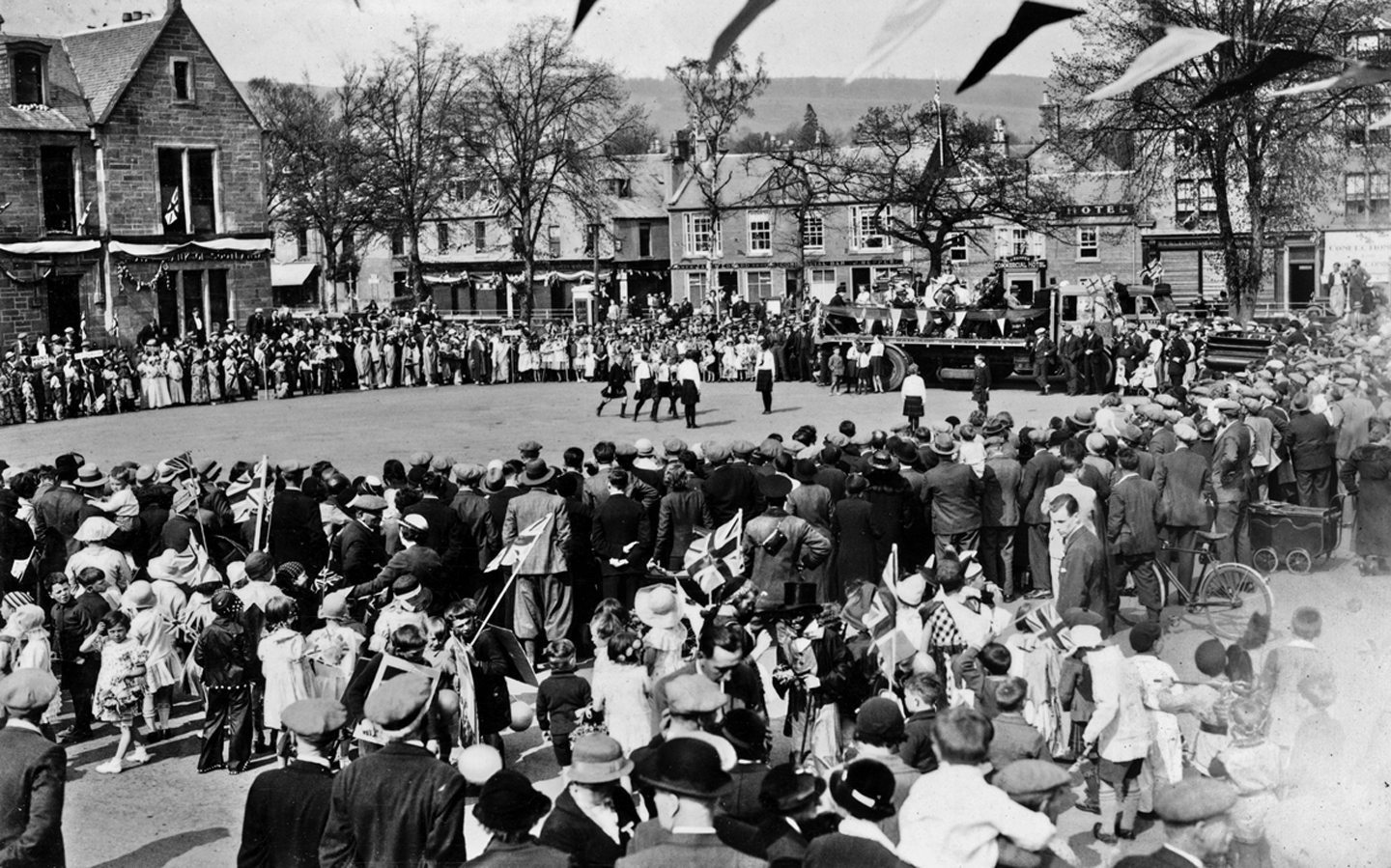


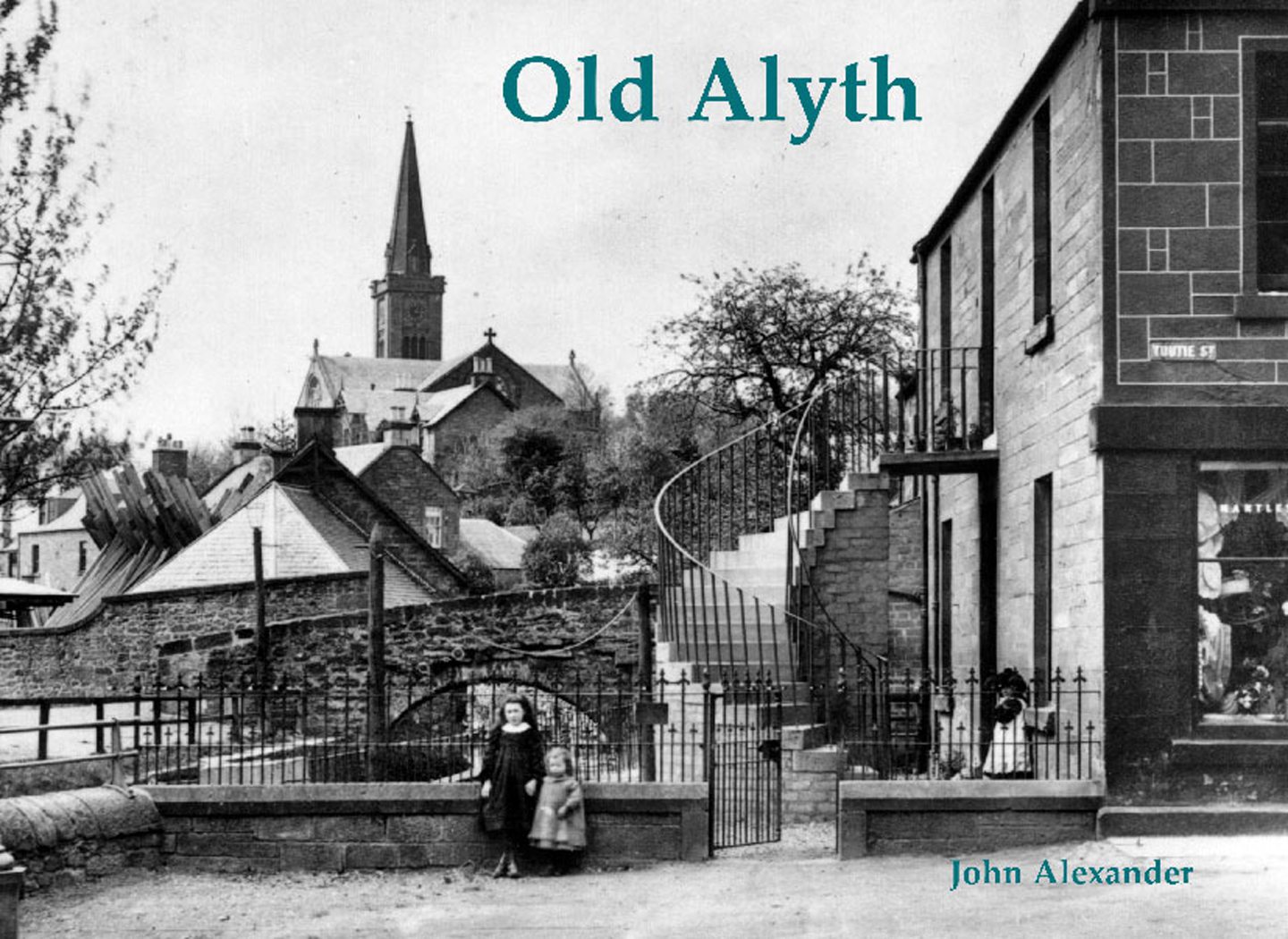










Conversation